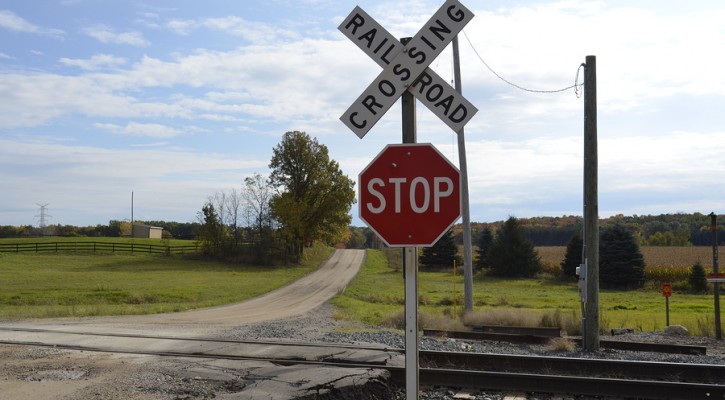Tag Archive: driver safety
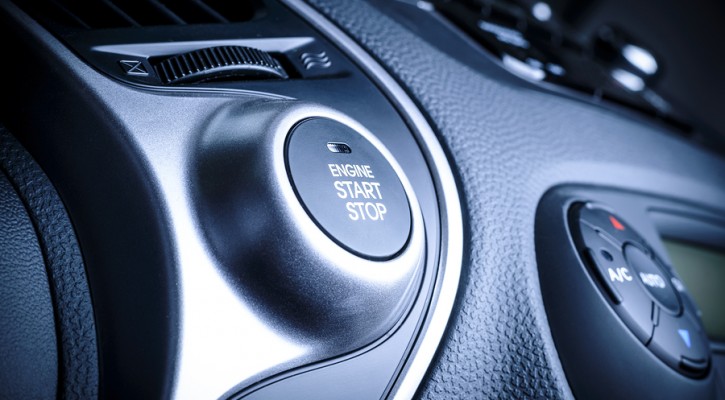
Keyless Ignitions Pose Hazards For Users
January 11, 2016
Keyless ignitions can be a convenience for drivers but, in some cases, they’re proving to be deadly and vehicle owners and safety organizations are pressuring the federal government to address the issue.
With keyless ignitions or “smart keys,” drivers don’t have to take the key fob out of their pocket or purse to start the vehicle; as long as the smart key is in the vehicle, the driver can push the start button and start the car. The problem comes when shutting off the vehicle.
For the past several years, the National Highway Traffic Safety Administration (NHTSA) has received multiple complaints from vehicle owners regarding issues with the keyless ignitions:
No shut off
Some drivers have been unable to shut off the vehicle in on-road emergency situations.
Shut off in gear
Some drivers inadvertently shut off the engine without first putting the transmission in “park” allowing the vehicle to roll away.
Vehicle didn’t shut off
Some drivers placed their vehicle in park but inadvertently left the engine running. When a vehicle is left running inside a garage, poisonous carbon monoxide can quickly build up and spread throughout the home. At least 18 people have died from carbon monoxide poisoning under these circumstances.
How do you not know the engine is still running?
For those who wonder how can someone not notice that the engine is still running, hybrid vehicles such as the Toyota Prius are silent when running on battery power alone. When a vehicle is left running in a garage, the gasoline motor will turn on periodically to recharge the battery. This cycle will continue (while pumping out poisonous carbon monoxide gas) until the vehicle runs out of gas.
The fix?
NHTSA has proposed adding an audible alarm to remind drivers that the vehicle is still running when the doors are opened. This fix may work for some but, for the deaf or hard of hearing driver, the alarm will be useless.
Consumer and safety organizations are pushing for regulations that will require the manufacturers to add a feature to shut off the engine if the vehicle has been idling for more than a half hour. According to experts, this fix will only require a computer update that can be accomplished quickly and at very little cost.
What should the owner do?
While manufacturers and the federal government sort out who is responsible and what sort of fix should be necessary, owners of vehicles with keyless ignitions should be aware of the hazards and remember to place the vehicle in park and shut off the vehicle using the off button. If necessary, some sort of visual reminder such as a post-it note on the dash might be helpful. Owners of keyless ignitions should also consider installing one or more carbon monoxide detectors in their homes.
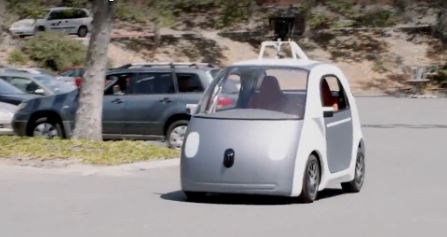
Autonomous Vehicles Can Save Money, Lives
October 1, 2015
A couple of interesting studies have been published recently that show that the adoption of autonomous vehicles (AVs) and Advanced Driver Assistance Systems will not only save time and money but will, most importantly, save lives.
In a study conducted by McKinsey & Company, researchers pointed out ten ways AVs could change the automotive world. Among their findings, the researchers estimated that:
- Miles could be cut and auto emissions reduced by as much as 60 percent by the use of automated fleets.
- AV users will save as much as 50 minutes per day to use in other pursuits.
- Auto insurers will shift from insuring drivers to insuring the technology, allowing individual drivers to save billions in insurance costs annually.
- To quickly capture market share in the AV field, manufacturers will focus first on providing accessible mobility that will free disabled users from their dependence on public paratransit providers.
- With the AV ability to drop the user off at the door and then fit into a much tighter parking space, the need for parking spaces will be reduced by more than 5.7 billion square meters.
- E-hailing taxi services and peer-to-peer rentals will reduce the need for large numbers of vehicles freeing up roadways, and parking lots along with improving traffic flow and reducing pollution.
Most important of all, the researchers predict that the vehicle crash rate will be reduced by as much as 90 percent. That means that of the 32,719 fatalities and 2,313,000 injuries in 2013, 29,447 lives could have been saved and 2,081,700 fewer people would have been injured.
However, we don’t have to wait for fully autonomous vehicles to start saving lives on the road.
Another study conducted by the Boston Consulting Group showed that 10,000 lives per year could be saved through use of advanced driver assistance systems (ADAS) that are currently on the market.
According to the researchers, 28 percent of all crashes in the US could be prevented if vehicle owners were to invest in the most common forms of ADAS available on the market today. Those systems include:
- Forward collision warning/assist/adaptive cruise control,
- Blind spot detection,
- Night vision,
- Lane departure warning/lane keep assist,
- Adaptive front lighting,
- Surround view, and
- Park assist features
The problem is that few potential buyers are willing to spend the extra amount or don’t understand how the systems work enough to realize their potential value. However, consumers could quickly recover the extra costs based on the amount they save in insurance costs.
The increased introduction of ADAS and AVs depend both on the development of new technologies by manufacturers and the willingness of consumers to buy those technologies. Once that starts happening, Americans will start to save more time, money, and, most important of all, lives.
Read more: Ten ways autonomous driving could redefine the automotive world
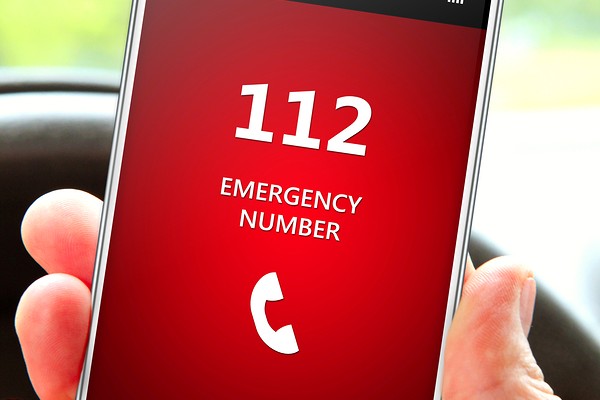
Do Not Call 112 or #77 For Emergencies
August 10, 2015
A Facebook post is making the rounds again that suggests that drivers should call 112 to verify whether or not an unmarked police vehicle is real. Don’t do it!
The fear of people masquerading as police officers in unmarked vehicles in order to stop and rob or assault unsuspecting drivers is a very real fear. There have been several news reports over the past year of events like this including one in which a female off-duty police officer was pulled over. However, the advice circulating in social media to call 112 to verify if the unmarked police vehicle is real or not is bogus and it’s causing problems for law enforcement.
The story circulating on Facebook supposedly tells the “true” story of a 19 year old woman who suspected the unmarked car that was trying to pull her over wasn’t real. She called 112 or, in similar stories #77, and was told by the dispatcher that the “cop” trying to pull her over wasn’t real. Shortly afterwards, the fake cop was surrounded by four real cops and the story had a happy ending.
The problem is that 112 is used as an emergency number in some countries and some, but not all, cell phones are programmed to automatically switch over to 911 when 112 is dialed in the US. When the story first popped up in Facebook several years ago, so many people tried calling 112 to see if it worked that 911 switchboards were flooded with non-emergency calls.
If you’re pulled over by an unmarked police car, law enforcement agencies do encourage drivers to call 911 to verify that it is, in fact, a real police officer that’s pulling you over. In a situation like that, don’t waste time calling 112 and waiting for it to shift over. Your cell phone may not be programmed to shift over to 911. If a real officer in an unmarked vehicle signals for you to pull over, he or she will also understand if you motion for them to follow you to a well lit, populated area before stopping.
People certainly shouldn’t call 112 just to see if it works because, if your cell phone is programmed to shift over to 911, you will have committed a crime by calling 911 for non-emergency purposes.
Read more: Dial 112 to Contact Police in Emergency?
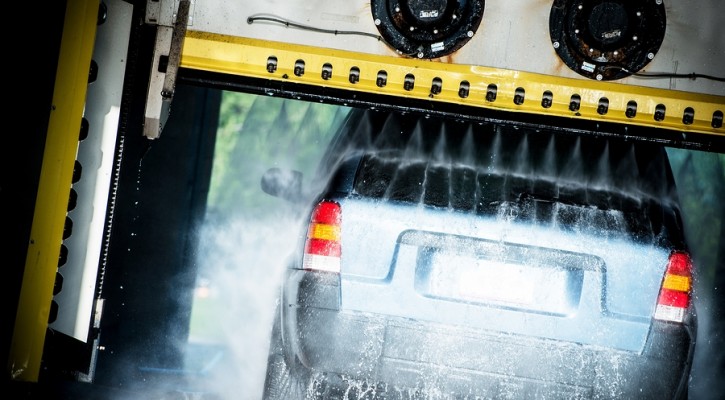
Wash The Underbody Of Your Vehicle: NHTSA
April 16, 2015
Wash the underbody of your vehicle is the common sense advisory the National Highway Transportation Safety Administration (NHTSA) gave in closing out a recall investigation of corroded brake lines on older model GM vehicles.
The NHTSA investigation began in 2011 after receiving multiple reports of brake line failures in GM cars and trucks. After a four year investigation of vehicles manufactured between 1999 and 2003, NHTSA concluded that the corrosion of brake lines were mostly limited to those states that use salt or other corrosive chemicals for snow removal on the roads. Their investigation revealed that the brake line corrosion problem wasn’t unique to GM vehicles and occurred at about the same rate as those that occurred in vehicles built by other manufacturers. According to NHTSA, the brake line corrosion problem was due to salt and other corrosive snow removal chemicals that accumulated on the underbody of vehicles and didn’t indicate a manufacturing problem that would require a recall.
Instead of issuing a recall, NHTSA advised all drivers, especially those who live or drive in states where salt and other snow removal chemicals are regularly used, to thoroughly wash the underbody of their vehicles and keep the underbody clean during the spring and summer.
NHTSA also advised vehicle owners, especially those who drive vehicles manufactured in 2007 or earlier, to have the brake lines inspected on a regular basis and replace lines that show evidence of heavy corrosion. They also advised that owners have their brake lines inspected if they experience loss of brake fluid, unusual leaks, or spongy brakes.
If your brakes should fail, NHTSA advises drivers to apply steady force to the brakes and reminds drivers with anti-lock brakes to never pump the brakes.
Read more: NHTSA Closes Investigation into Brake-Line Failures

